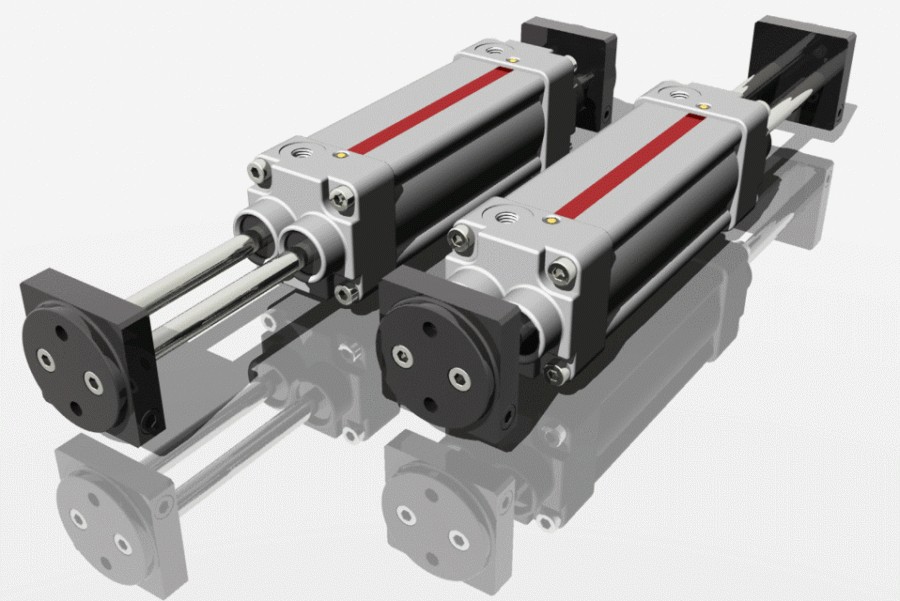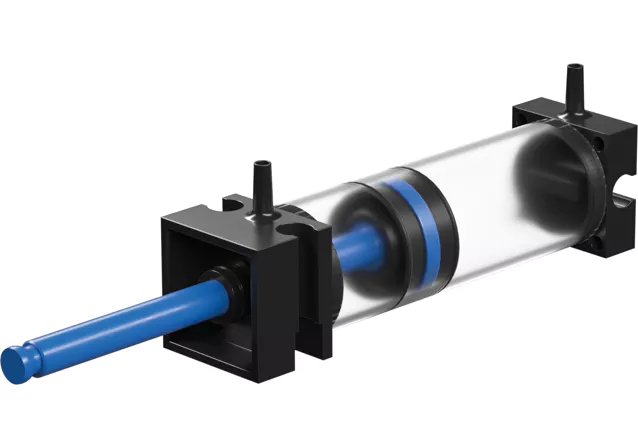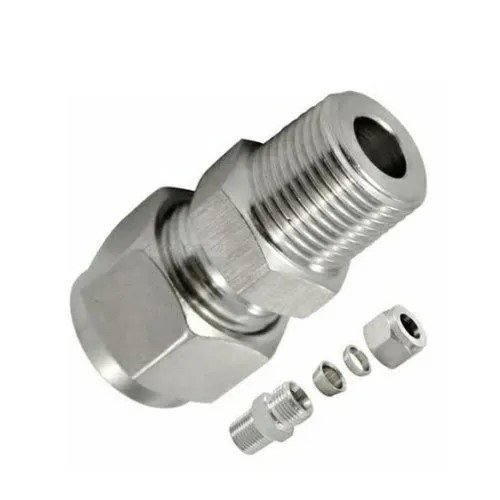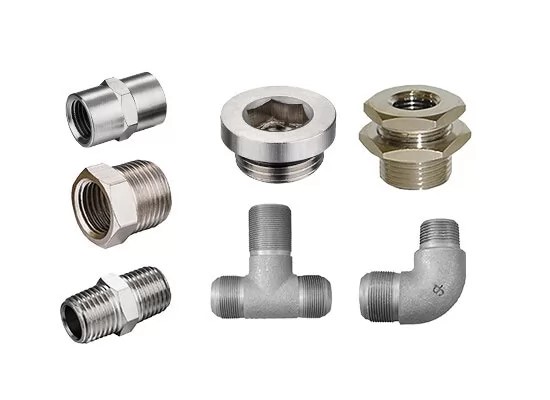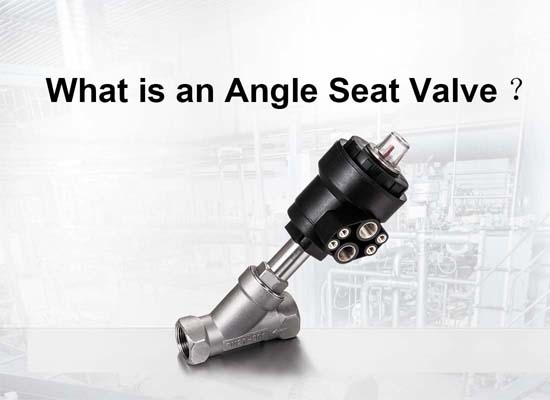Why can angle seat valves achieve high flow rates and low pressure drops?
The angled design of the angle seat valve allows the fluid to change direction smoothly. Its internal flow path is more streamlined with fewer sharp turns, effectively reducing flow separation and energy loss. In addition, the valve plug is typically conical or spherical in shape, which helps minimize fluid impact during opening. This combination of features is the key to achieving the balance between high flow rates and low pressure drops in angle seat valves.
Since the valve angle is so important, how can you check whether your angle seat valve's angle is correct and meets the required standards?
What is the angle in an angle seat valve?
The valve seat angle is a critical geometric feature of the valve's core sealing pair. It refers to the conical angle formed by the sealing surface of the valve seat where it makes contact with the piston.
If you're still having trouble understanding the angle in an angle seat valve, imagine a funnel. The inner slanted surface is the "valve seat." The piston is like a plug that fits perfectly into the mouth of this funnel. The angle formed between this slanted surface and the central axis is the valve seat angle.
The fit between the valve seat and the piston typically employs a "line contact" or "narrow-band contact" sealing principle. Ideally, there is a minute difference between the piston's cone angle and the valve seat angle. This ensures that the sealing contact occurs at a specific position across the width of the seat, forming a tight sealing line.The α angle shown in the figure refers to the valve seat angle in the angle seat valve.
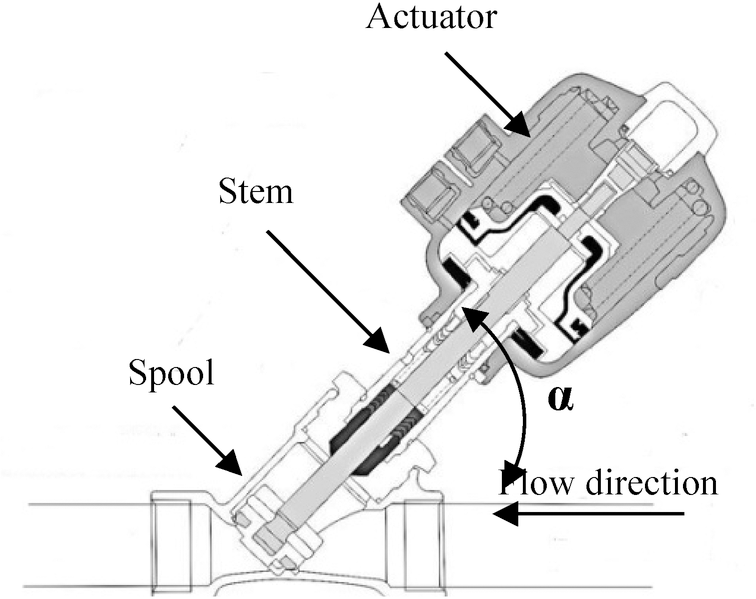
How to check valve seat angle?
Before measuring the angle of an angle-seat valve, you need to prepare the following tools: angle gauges, a universal bevel protractor, an optical microscope, a profile projector, as well as auxiliary tools such as an endoscope, cleaning agents, and a light source. The operating steps for measuring the valve seat angle are as follows:
Clean the valve seat: Use a lint-free cloth to clean the tapered surface of the valve seat and remove oil, carbon deposits, metal chips, and other contaminants.
Select the measuring tool: Use an angle gauge or a universal bevel protractor.
Determine the reference surface: Choose a flat surface as the measurement reference, typically a machined surface on the valve body.
Measure the taper angle: Using a universal bevel protractor as an example, place the base of the protractor against the reference surface of the valve body, then press the movable blade tightly against the tapered valve seat surface. Adjust the blade until it fits perfectly, and then read the angle.
Techniques for ensuring measurement accuracy
The contact surfaces should have no visible light gap.
Repeat the measurement three times and take the average value.
If the valve seat is worn, measure the upper, middle, and lower sections of the taper.
If there is a chamfer from machining, distinguish it from the actual sealing surface.
What are the advantages or functions of the angle in an angle seat valve?
◆ Ensures Proper Sealing Performance
◆ Improves Flow Efficiency
◆ Extends Valve Service Life
◆ Maintains Operational Stability and Safety
◆ Meets Engineering and Quality Standards
This angle in the angle seat valve acts like a precision guidance system, ensuring tight sealing, efficient flow, and uniform wear.
Other Common Problems in Angle Seat Valves
◆ Uneven Wear and Offset Wear
◆ Grooving Wear
◆ Plastic Deformation and Crushing
◆ Corrosion and Erosion
◆ Mechanical Damage and Notches





